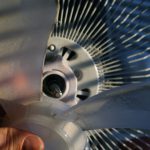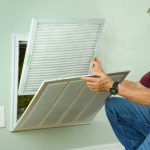
Using Your Fireplace Safely and Efficiently
When the temperatures outside begin to drop, you might find yourself gearing up to keep your fireplace roaring until warmer spring days arrive. But before you break out the firewood, make sure your fireplace (and home) are fully prepped for the season.
Cleaning your fireplace
It’s important to have your chimney inspected and cleaned at least every two years, but preferably annually. A good chimney sweep should use a special brush to remove soot and debris, then clean the flue, damper, smoke chamber, smoke shelf and firebox before doing a smoke test to ensure your fireplace is in proper working order.
Clean your firebox (where the logs burn) at least weekly during the months your fireplace is in use. It’s suggested that you leave about an inch of ash in the firebox, because it acts as a sort of insulation, allowing the coals to light faster and better retain heat.
Starting a fire
Never use flammable liquids to start a fire in your home. Instead, use starter logs and newspaper or other kindling, such as small pieces of dry wood or twigs. Never burn cardboard, trash or debris in your fireplace.
Make sure you have a strong, secure gate to place your logs on, and that you use dry or “seasoned” hardwood for firewood—unseasoned wood creates excess smoke and promotes creosote buildup. Creosote is a tar-like substance produced from burning wood in your fireplace and chimney, and produces soot and tarry smoke.
Not only does burning green or unseasoned firewood promote creosote buildup, your fire will be more difficult to light and keep lit and not as large or warm, as much of the heat and energy from the fire is wasted in trying to dry up the moisture in the wood. Not only that, but cooler fires produce more particulate emissions and soot, so you definitely want to make sure your fire is as hot as can be.
You also might want to see that those stockings hung on the mantle with care are actually hung somewhere else instead. Generally, you’ll want to keep furniture, newspapers, magazines, books and any other potentially flammable materials at least two feet away from your fireplace.
And of course, in case of emergencies, always keep a fire extinguisher handy.
Maintaining home comfort and air quality
If you’re using your fireplace to help heat your home, make sure you’re doing everything you can to prevent cold air from entering your home through your chimney. One way to do this is by using glass fireplace doors, especially when the fireplace is not in use. Even if your damper is closed, cold air can still seep in. Using glass doors to insulate your home from the cold air is particularly important after you’ve extinguished a fresh fire and need to keep your damper open until the ashes have completely cooled.
Never leave a burning fireplace unattended; always extinguish the flame before leaving the house or going to bed. You’ll also want to dispose of the ash and coals, but not immediately. Fireplace coals can remain hot long after a fire has been extinguished. If you’re putting out a burning fire before going to bed, it’s recommended you let the coals and ash cool overnight before disposing of them. Make sure you leave the flue open while the coals are cooling so that any excess carbon monoxide can escape through the chimney.
Speaking of carbon monoxide, fireplace season is obviously a great time to make sure all your carbon monoxide detectors are working properly, as well as your smoke detectors. If you don’t have carbon monoxide detectors installed, you might want to consider purchasing one for every level of your home. Carbon monoxide is produced whenever your fireplace is in use, so keep an eye on the levels of this toxic gas present in your home.
Armed with these helpful reminders and tips, you’ll be ready to warm yourself by the fire all winter long.
For more information on air quality and home comfort year round, contact Barineau Heating & Air Conditioning at (850) 580-4029 or email us here.




